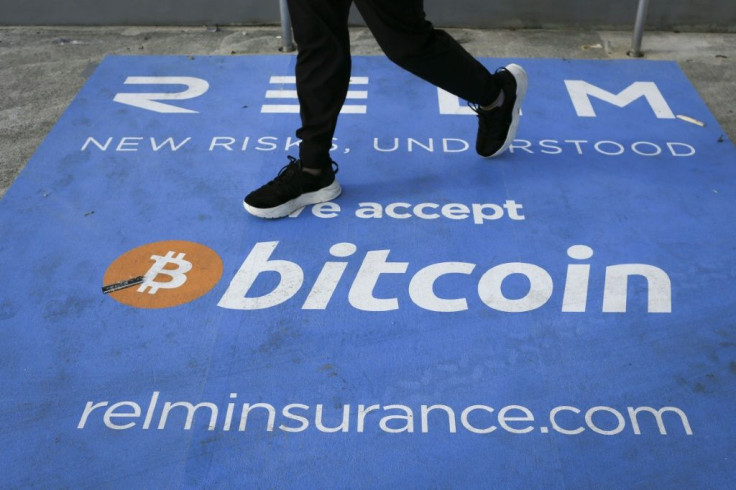2022 Could Make Or Break Bitcoin
2022 will be a critical year for digital currency. It will determine whether digital currency gains traction as a global currency, side by side with national currencies, or remain an exotic collection in the digital wallets of cryptocurrency enthusiasts and true believers.
There have been the best and the worst of times for Bitcoin in 2021. The best of times was in early November when the digital currency was flirting with $70,000, while the worst was in July when the digital currency was trading around $30,000.
That's a great deal of volatility, which caused significant gains to investors on the right side of the market and significant losses to those on the wrong side. Other cryptocurrencies displayed a similar pattern.
"2021 was a critical year for all five of the most popular cryptocurrencies, in which there were a few major stress-testing milestones that have been successfully passed, including Elon Musk's famous tweet in May, which wiped almost $1 billion from the value of five coins, the draconian clampdown by Chinese government officials on some of the world's largest Bitcoin mining entities and the discussions about regulation in the United States led by electronic financial services expert Gary Gensler," says Natalia Zakharova, who is the global head of sales at FXOpen.
What's in for 2022? There's a good and bad scenario for the digital currency.
The good scenario is that Bitcoin will gain traction as a medium of exchange and store of value, side by side with national currencies. However, for this scenario to materialize, a couple of things must happen. One of them is that El Salvador's experiment of adopting Bitcoin as its currency, next to the mighty dollar, must work, prompting other countries to follow its example.
Another thing that could work in Bitcoin's favor is if inflation worldwide spins out of control, and traders and investors become convinced that the digital currency is the only vehicle of wealth preservation.
A third thing that could help Bitcoin is favorable government regulations in countries like the U.S., which could proliferate the creation of Exchange Traded funds (ETFs) that invest in Bitcoin.

Fourth, there's the possibility of a geopolitical event, like Russia invading Ukraine or China changing Taiwan's status quo, making the digital currency a safe haven investment.
Babar Khan Javed, director of public affairs at Z2C Limited, subscribes to the good scenario for Bitcoin in 2022, seeing the digital currency trading at a much higher price than now. "By the second half of 2022, Bitcoin will approach $75k to the upside due to being the gold standard for cryptocurrencies," he says. "Historical analysis around BTC has repeatedly shown that the near-term volatility is an opportunity to accumulate larger positions and average in at a lower cost basis. I advise bulls to keep position sizes small while trading in the context of a diversified portfolio beyond cryptocurrencies."
Still, there's the bad scenario. Bitcoin will lose footing as a medium of exchange and a store of value due to several factors. One of them is that national governments and central banks worldwide follow the examples of China and India to either ban the digital currency or turn it irrelevant by undermining its uses as the medium of exchange and store of value.
Then there's the possibility that other cryptocurrencies will gain prominence and get ahead of Bitcoin in the race to become the world's digital currencies.
Meanwhile, there's the prospect of central banks worldwide ending their easy money policies. That would turn risk-off in financial markets, prompting traders and investors to flee risk assets like cryptocurrencies altogether, as has been the case in recent weeks.
While it's unclear which scenario will materialize, one thing is clear: volatility in the cryptocurrency markets will continue in 2022.
© Copyright IBTimes 2025. All rights reserved.






















